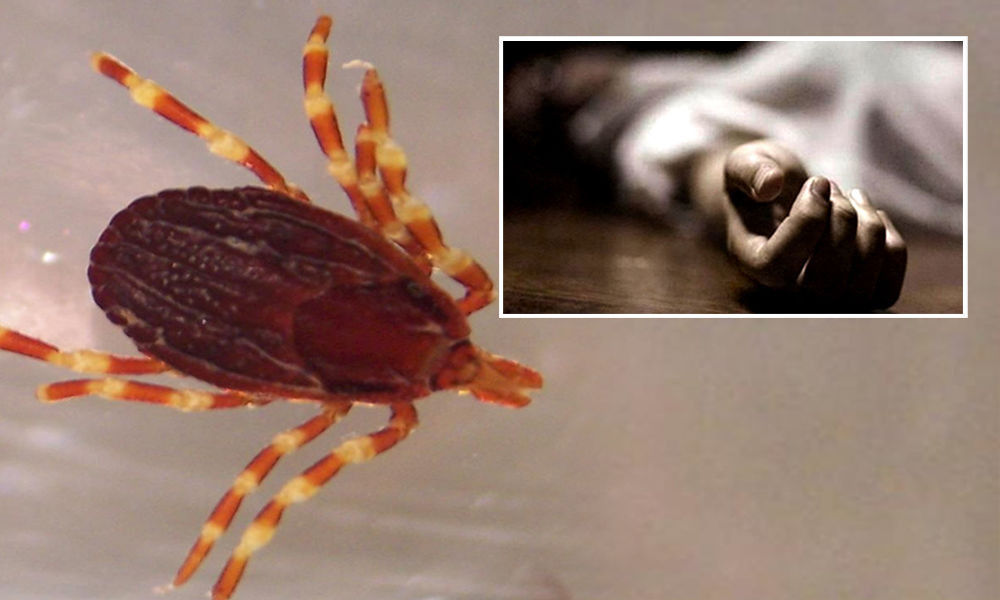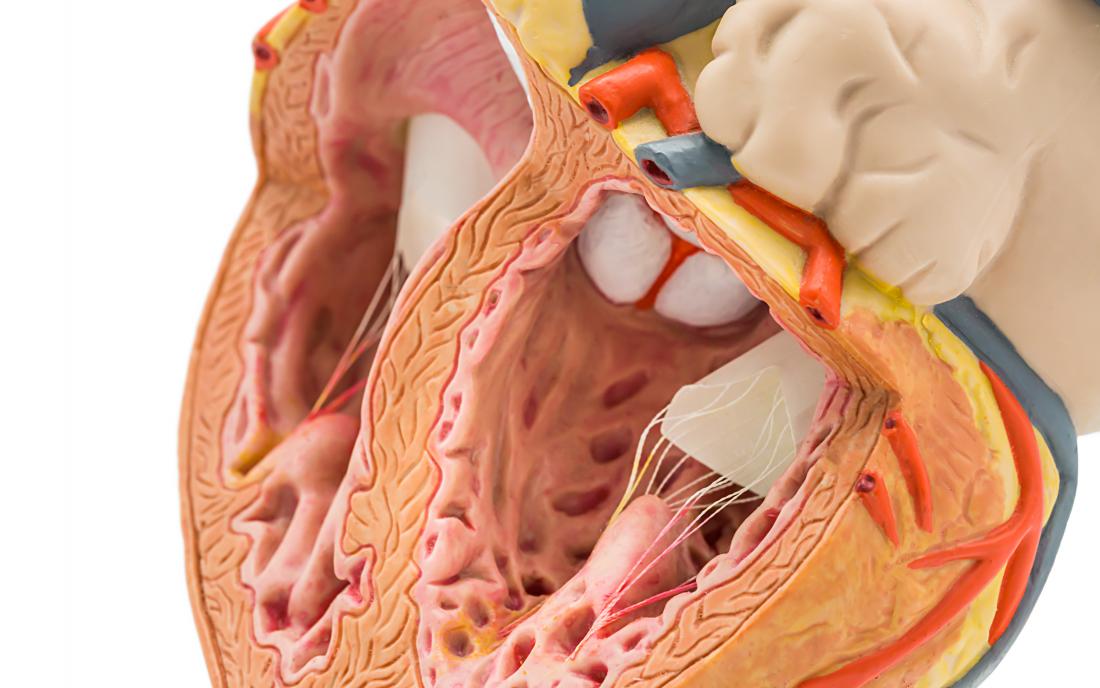Viral hemorrhagic fevers are a bunch of acute, infectious illnesses that may unfold via direct contact with the physique fluids of an contaminated animal. They’ve been liable for no less than 2. 5 million deaths since 1900. Ebola has had a stronghold in Africa and is unfold via direct contact with the blood, secretions, organs, or different bodily fluids of contaminated animals like chimpanzees and gorillas. Even should you suppose you’re protected from viruses overseas, maintain this phrase in thoughts: It solely takes.
Congo fever has been liable for no less than 2. 5 million deaths since 1900. Ebola has had a stronghold in Africa and is unfold via direct contact with the blood, secretions, organs, or different bodily fluids of contaminated animals like chimpanzees and gorillas.
If you happen to suppose you’re protected from viruses overseas, maintain this phrase in thoughts. “There isn’t any such factor as a risk-free publicity,” stated Dr. Meghan Telpner, an infectious illness specialist at Chicago’s Rush College Medical Middle. “Your threat of getting sick from COVID-19 could also be a lot larger than most individuals understand. ”

Abstract
present
Illnesses that mimic Congo fever
What’s Congo Fever?
Signs of Congo Fever
Prevention of Congo Fever
How does one contract Congo fever?
The place can I discover out extra about Congo fever?
What ought to I do if I believe I’ve Congo fever?
Prevention strategies for Congo fever
Conclusion
Illnesses that mimic Congo fever
Congo fever is a hemorrhagic fever attributable to a virus from the Bunyaviridae household, of which there are 4 strains. Congo fever is a hemorrhagic fever attributable to a virus from the Bunyaviridae household, of which there are 4 strains. Congo fever is derived from the placement the place the illness was first remoted, the Congo Free State (later the Belgian Congo), now the Democratic Republic of the Congo.
Signs embody fever, headache, muscle ache, weak point, and rash. This illness can lead to shock, kidney failure, or inner bleeding if untreated. It’s handled with an injectable vaccine. The vaccine is created from a weakened type of the virus.
What’s Congo Fever?
Congo fever is a complication that generally happens with the Ebola virus, resulting in loss of life. Congo fever is a complication that generally happens with the Ebola virus. How can I scale back my threat of contracting the Ebola virus illness?
Folks within the affected nations ought to take steps to keep away from turning into contaminated with the Ebola virus, comparable to:
- Washing your fingers with cleaning soap and water earlier than making ready or consuming meals.
- After utilizing the bathroom or altering diapers, rewash your fingers.
- Eradicating your garments and placing them in a laundry bag earlier than touching another person.
Signs of Congo Fever
Congo fever is an an infection usually acquired by individuals who work in tropical rain forests. The most typical symptom of Congo fever is a headache, although different signs might embody diarrhea, rash, and muscle ache. Congo fever is an an infection usually acquired by individuals who work in tropical rain forests.
Prevention of Congo Fever
An infection with Congo Fever is thru the chew of an contaminated mosquito, and it’s most prevalent in Africa. The illness can be unfold from human to human by contact with contaminated blood.
Congo Fever is a mosquito-borne illness that’s most prevalent in Africa. It can be unfold from human to human via contact with contaminated blood. Frequent signs embody excessive fever, fatigue, headache, muscle ache, nausea, and vomiting.
The factor it’s best to maintain in your Thoughts
- What’s Congo fever?
- What’s the explanation for this illness?
- How do you contract this illness?
- What are the signs of this illness?
- What’s the therapy for this illness?
- Is there a remedy for this illness?
- What’s the likelihood of survival for this illness?
How does one contract Congo fever?
Congo fever is a viral hemorrhagic fever attributable to the Ebola virus. Congo fever is a viral hemorrhagic fever attributable to the Ebola virus. It’s unfold to folks from wild animals and rapidly spreads via human contact.
The virus causes a extreme sickness with a excessive threat of loss of life in unprotected folks or has been uncovered to the virus however has no signs. It has additionally been present in fruit bats and different animals.
How many individuals have died from the illness?
In 2018, greater than 11,000 circumstances have been reported within the DRC and greater than 4,500 deaths.
The place can I discover out extra about Congo fever?
Congo fever is a tick-borne illness attributable to the “Rickettsia congolensis” micro organism. This illness could be transmitted to people by contaminated ticks or by contact with an contaminated animal, particular person, or clothes.
The World Well being Group has confirmed there isn’t any vaccine for this illness and never sufficient details about the danger of congenital infections. The best technique to defend towards Zika is to stop mosquito bites.
What ought to I do if I believe I’ve Congo fever?
Congo fever is a kind of malaria that’s transmitted by feminine mosquitoes. Signs embody fever, chills, nausea, complications, and belly ache. It’s unimaginable to get the illness once more, so you’re protected when you have had it earlier than. Anybody who has been in an space with a excessive threat of malaria ought to keep away from consuming any undercooked meat, greens, or fruit.
Prevention strategies for Congo fever
Congo fever is a hemorrhagic fever attributable to the Ebola virus. 4 strains of the Ebola virus could cause this fever. The virus is transmitted via contact with an contaminated animal or somebody who has contracted the virus. There isn’t any present vaccine for this virus, however some preventive strategies exist.
Preventive strategies for Congo fever embody avoiding contact with contaminated animals and folks and blood and bodily fluids.
Conclusion
The Congo fever is a hemorrhagic fever attributable to the an infection of the filovirus species that carries the title Ebola. This illness has an incubation interval that lasts 10 to 14 days. Signs are grouped into three phases, specifically the primary stage, the second stage, and the ultimate stage. The primary signs are fever, chills, joint ache, vomiting, diarrhea, nausea, and so on. The second stage is characterised by rashes on the pores and skin, blood leaks.















